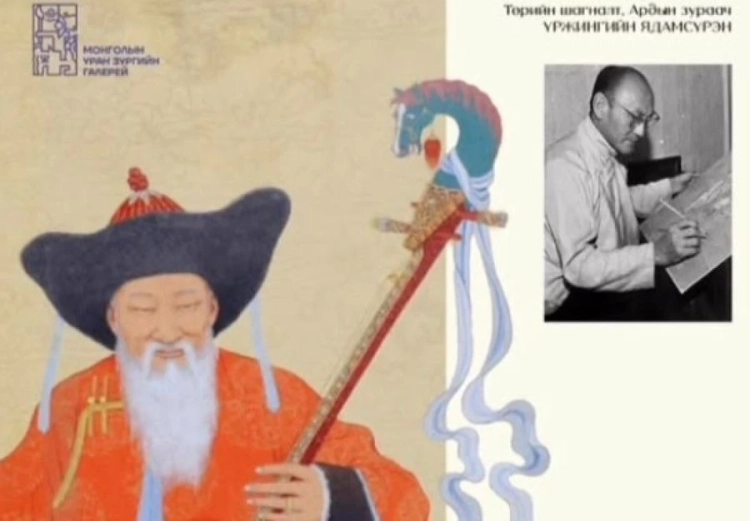
Sarybulak Spear
The set of arrows from the Mongolian period looks significantly different. In addition to the well-known flat asymmetrical diamond-shaped arrows of this period found in Kyrgyzstan, the collection in question includes types of four-sided warheads, diamond-shaped warheads, rectangular warheads, and flat sectoral arrows. Almost all the forms considered have no prototypes among the arrows of the Kankol and Turkic cultures in Kyrgyzstan. However, they were widely spread during the Mongolian period in the steppes of Eurasia, both among the Mongols themselves and other nomads who experienced military pressure from the Mongols. Although the series is small, it is important to note the presence of flat asymmetrical diamond-shaped and sectoral warheads with various feather cross-sections. All these forms are characteristic of Mongolic-speaking nomads from the beginning of the 2nd millennium AD, but are especially typical for the Mongols of the era of Genghis Khan and his successors. There is no doubt that these arrows were brought to Kyrgyzstan during the invasion of Mongolian troops in the 13th century (fig. 2).
Close combat weapons are represented in the collection by a spearhead. By the cross-section of the feather, it belongs to the group of lens-shaped.
Type I. Elongated-triangular.
Includes one specimen from the Sary-Bulak site in the Chuy Valley. The length of the feather is 7 cm, the width of the feather is 1.7 cm, and the length of the socket is 7 cm. The tip has a sharp broken point, with gently expanding sides and a conical socket (fig. 3.1).
Spearheads of a similar shape on long shafts—pikes—are known among the nomads of Central Asia since the time of the Huns. Similar-shaped tips (but with a more flattened feather) can be found among the weapons of Kankol warriors, as well as among the warriors of the Kokal culture in Tuva. However, they had a very diverse range of spearhead forms. Judging by the finds in Sary-Bulak, alongside the spear, there is a stirrup with a round opening and a square loop on a high crossbar; these finds should belong to the Turkic period (fig. 3.2).
It is characteristic that in the monuments of the Turks in Central Asia and Southern Siberia, spears of other forms with sloping or straight shoulders at the feather have been found. However, spears without distinct shoulders have been found in Sogdian monuments of the 7th-8th centuries. Apparently, the form of the Sarybulak spear is due to the necessity for the warriors of the "people of ten arrows" to constantly fight against the sedentary population of Sogd.
Although the examined collection includes items from different times and does not allow for the reconstruction of the armament complex of medieval nomads in Kyrgyzstan, it is of considerable interest for comparative-historical analysis.
In particular, the set of weapons from the Turkic period from the Pre-Tian Shan region has certain similarities with the armament complex of the Uyghurs. A number of elements from this set further developed in the armament complex of the Kyrgyz.
Further study of medieval weapons from the monuments of nomads in Kyrgyzstan appears to be quite promising.
Groups and types of arrowheads













































